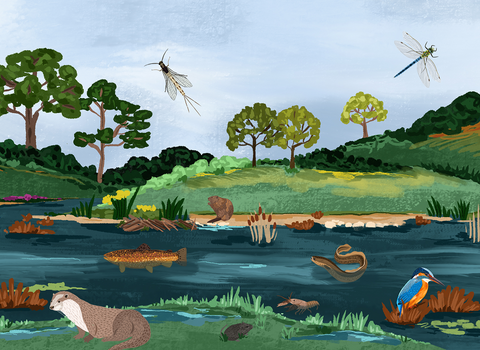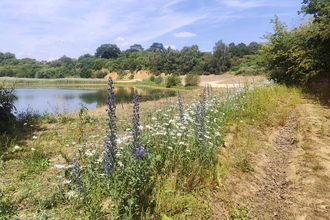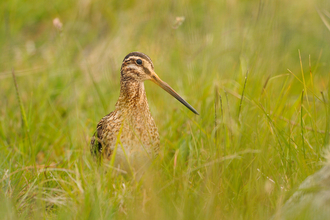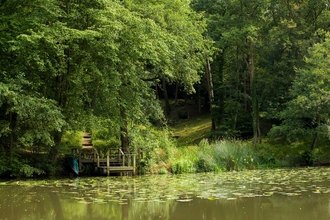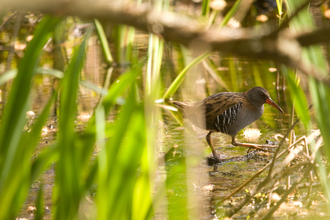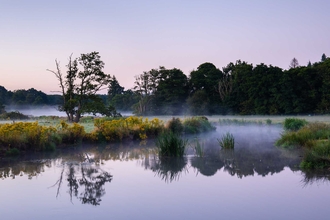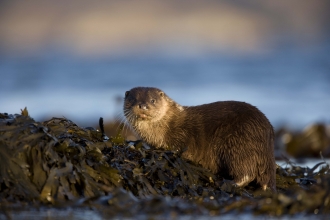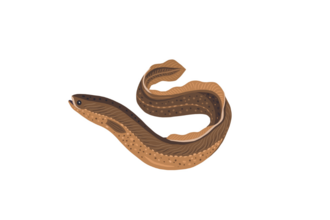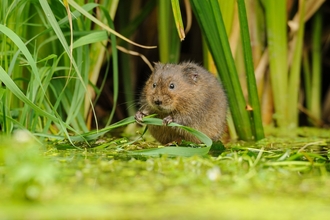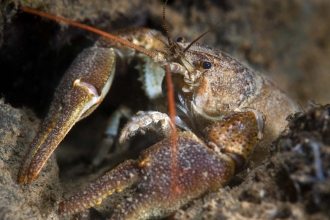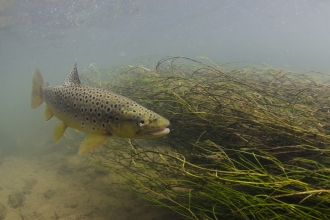Wetlands
Wetlands play a vital role in supporting local biodiversity and provide valuable ecosystem services – but they are under greater threat from pollution, poor management and over development than ever.
Help us work on our reserves and with other landowners to bring them back to life.
What is wetland?
Lakes
Highly fertile lake waters are usually clouded with abundant planktonic algae, which form the basis of a food-web of invertebrates which in turn supports, fish (such as roach, rudd, carp and tench) and fish-eating birds like the great-crested grebe.
The best sites are home to a rich variety of aquatic plants and can support ducks such as shoveler and gadwall.
Ponds
A formerly-familiar feature of many field corners, village greens and gardens and a vital resource for almost all life, ponds are not connected to each other or to other water bodies – they are only fed by rainwater or groundwater.
Bogs
Raised bogs are much wetter than the surrounding land. The peat that sustains them acts as a sponge, retaining rainwater that is only gradually released through evaporation, and sometimes a small stream arising from the bog. These very wet conditions are ideal for acid-loving bog-mosses, cotton grasses, Coss-leaved Heath, Bog Asphodel and Deer-grass.
Reedbeds
Found in the zone between water and land, reedbeds are home to many birds, mammals, amphibians and reptiles. Drier areas above the winter water level may provide habitat for Water Voles and Otters.
Rivers & waterways
Surrey is home to the Wey, Mole and Thames river catchments, as well as the Wey Navigation which form watery highways through urban environments, connecting our wild landscapes. Species like otters are gradually returning to these waterways. Smaller watercourses such as the Hoe Stream and Tillingbourne can also be found across the county.
Why is it important?
From otters to freshwater shrimps, all animals are dependent on an abundant and reliable supply of clean water. Rivers and wetlands sustain the natural environment, wildlife and people in equal measure.
As well as providing a valuable habitat for wildlife, wetlands are ‘carbon sinks’, removing carbon from the atmosphere and storing it in the form of peat. They’re also vital forms of flood defence and water purification, absorbing rain, then gradually releasing it. This regulates the flow of rivers, reducing flooding after storms and maintaining flow in dry weather. Wetlands filter water too, improving the quality.
Habitat management
The pressures on our natural river systems are immense. The release of sewage, as well as pollution from agricultural and road run-off, result in sediment and harmful chemicals that push water quality down and reduce oxygen levels. Over-abstraction can cause increased toxicity levels and lack of water for aquatic life.
Surrey Wildlife Trust supports the restoration of waterways by carrying out activities such as re-meandering straightened rivers to slow the passage of water downstream, narrowing waterways widened by erosion to help keep streambeds free of silt, installing berms and other features to provide spawning sites, and clearing away overhanging vegetation to allow light to reach the water. The reconnection of rivers to their floodplains also helps to restore wetland areas and reduce flooding, and the creation of 'shelter belts’ such as hedgerows and channels enables wildlife to move from one wetland habitat to another, this enabling populations to find safety, feed and breed.
Volunteers test water quality and nutrient levels on many rivers, particularly near sewage treatment works. Riverfly kick sampling is also carried out by local groups to monitor the diversity of aquatic invertebrates. As animals at the base of the food chain, they are indicator species for waterway health.
We also lobby the government and water companies alike to get tough on pollution and over abstraction. All this work depends on the collaboration of local volunteers, landowners and businesses - and we all need to take much more action if the appalling condition of our rivers in particular is to be addressed.
We also aim to revive populations of endangered native species such as the White Clawed Crayfish, European and Water Vole, and are exploring the possibility of reintroducing larger species such as the European Beaver....
As we look forward to the development of a five-year Wetland Stategy for the county, your support could help us implement ambitious plans to bring our wetlands back to life for the benefit of all.
Surrey's wetland sites
Find out more about Surrey's diverse wetland habitats.
Important wetland species
Wetlands are fantastic, species-rich habitats. Take a look at some of the special species they host.
- Caddisfly (https://www.surreywildlifetrust.org/wildlife-explorer/invertebrates/other-insects/caddisfly)
- Bullhead (https://www.surreywildlifetrust.org/wildlife-explorer/freshwater-fish/bullhead)
- Kingfisher (https://www.surreywildlifetrust.org/wildlife-explorer/birds/woodpeckers-cuckoo-kingfisher-and-waxwing/kingfisher)
- Common Frog (https://www.surreywildlifetrust.org/wildlife-explorer/amphibians/common-frog)
- Mayfly (https://www.surreywildlifetrust.org/wildlife-explorer/invertebrates/other-insects/common-mayfly)
- Broad-bodied Chaser (https://www.surreywildlifetrust.org/wildlife-explorer/invertebrates/dragonflies/broad-bodied-chaser)
- Bogbean (https://www.surreywildlifetrust.org/wildlife-explorer/wildflowers/bogbean)
- Snipe (https://www.surreywildlifetrust.org/wildlife-explorer/birds/wading-birds/snipe)
- Bittern (https://www.surreywildlifetrust.org/wildlife-explorer/birds/herons-egrets-spoonbill-and-crane/bittern)
- Water-lily (https://www.surreywildlifetrust.org/wildlife-explorer/wildflowers/white-water-lily)
- Great Crested Grebe (https://www.surreywildlifetrust.org/wildlife-explorer/birds/grebes-and-divers/great-crested-grebe)

